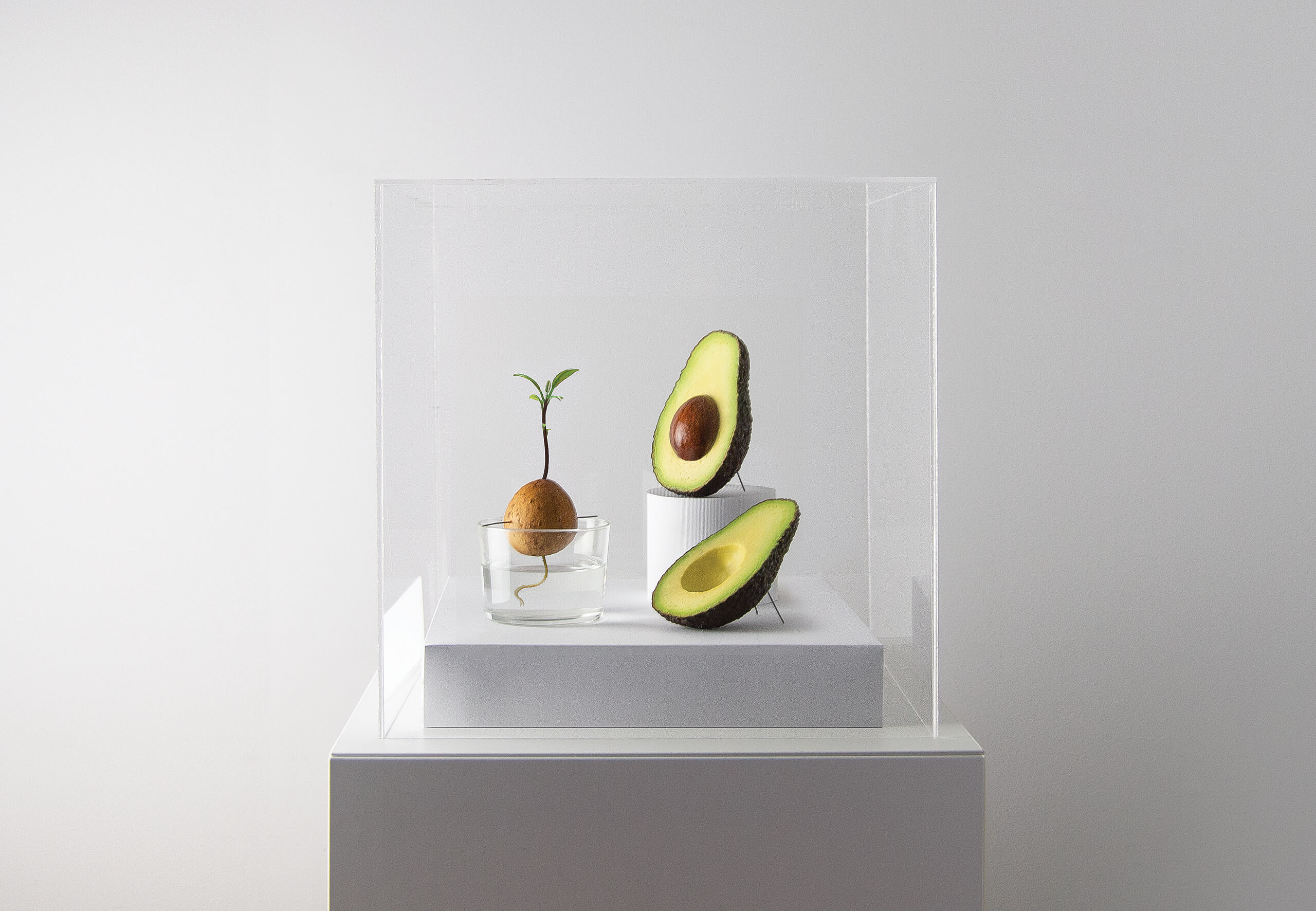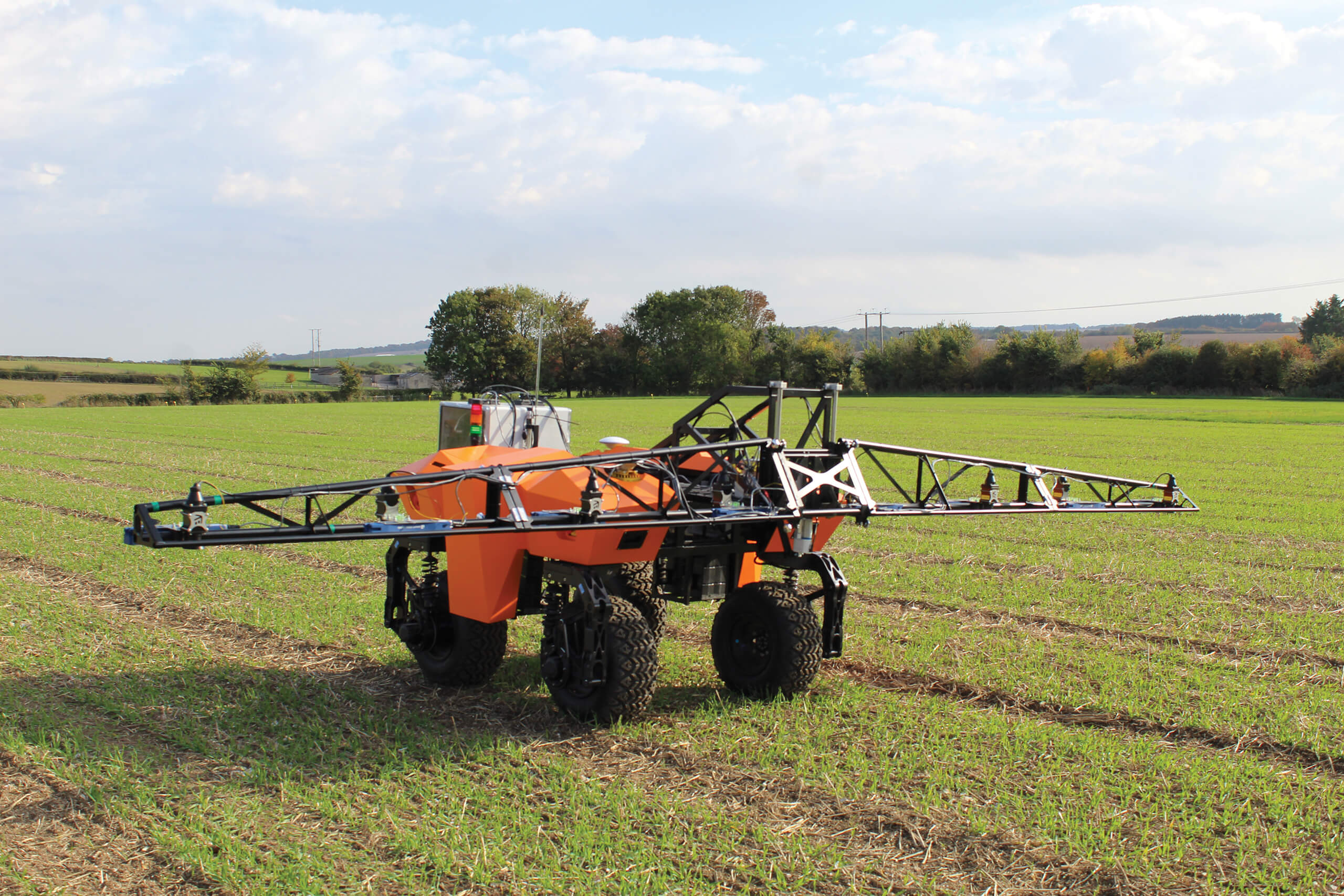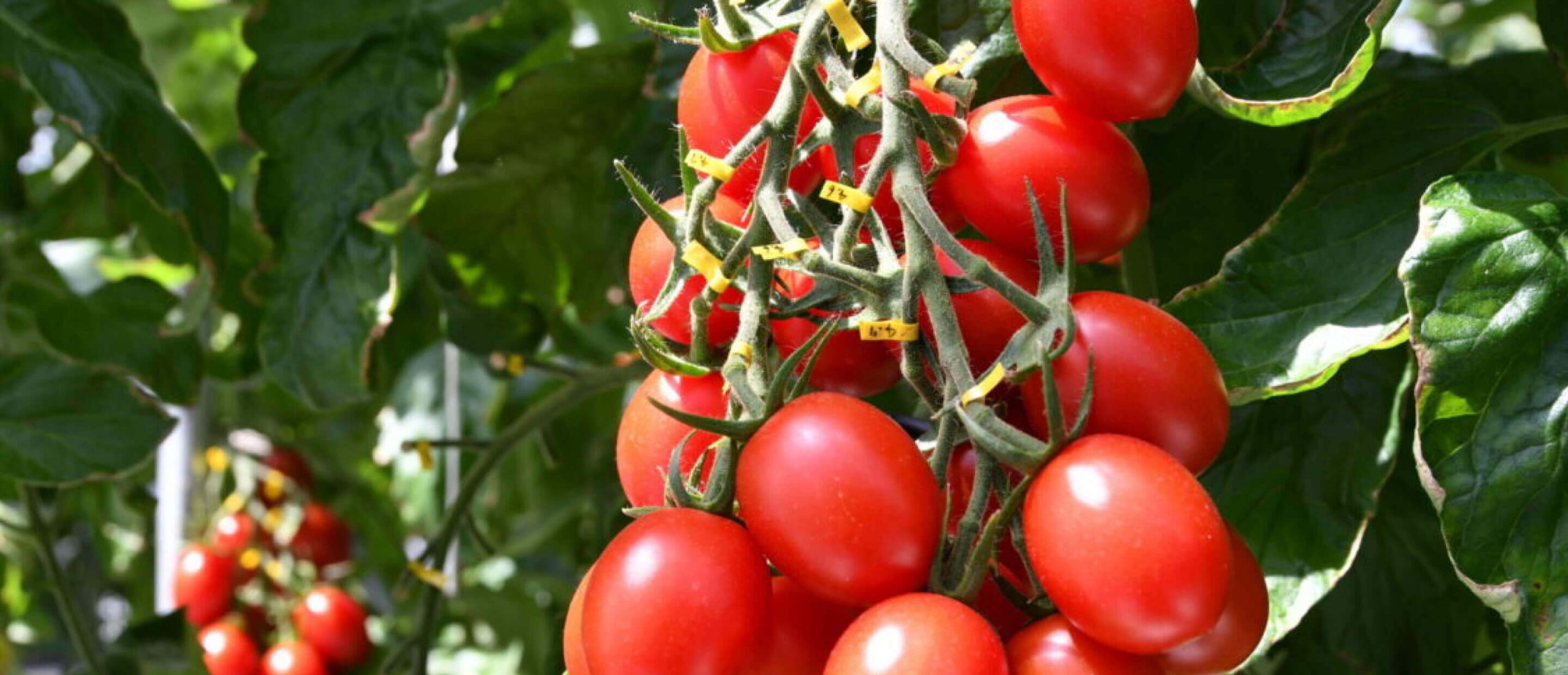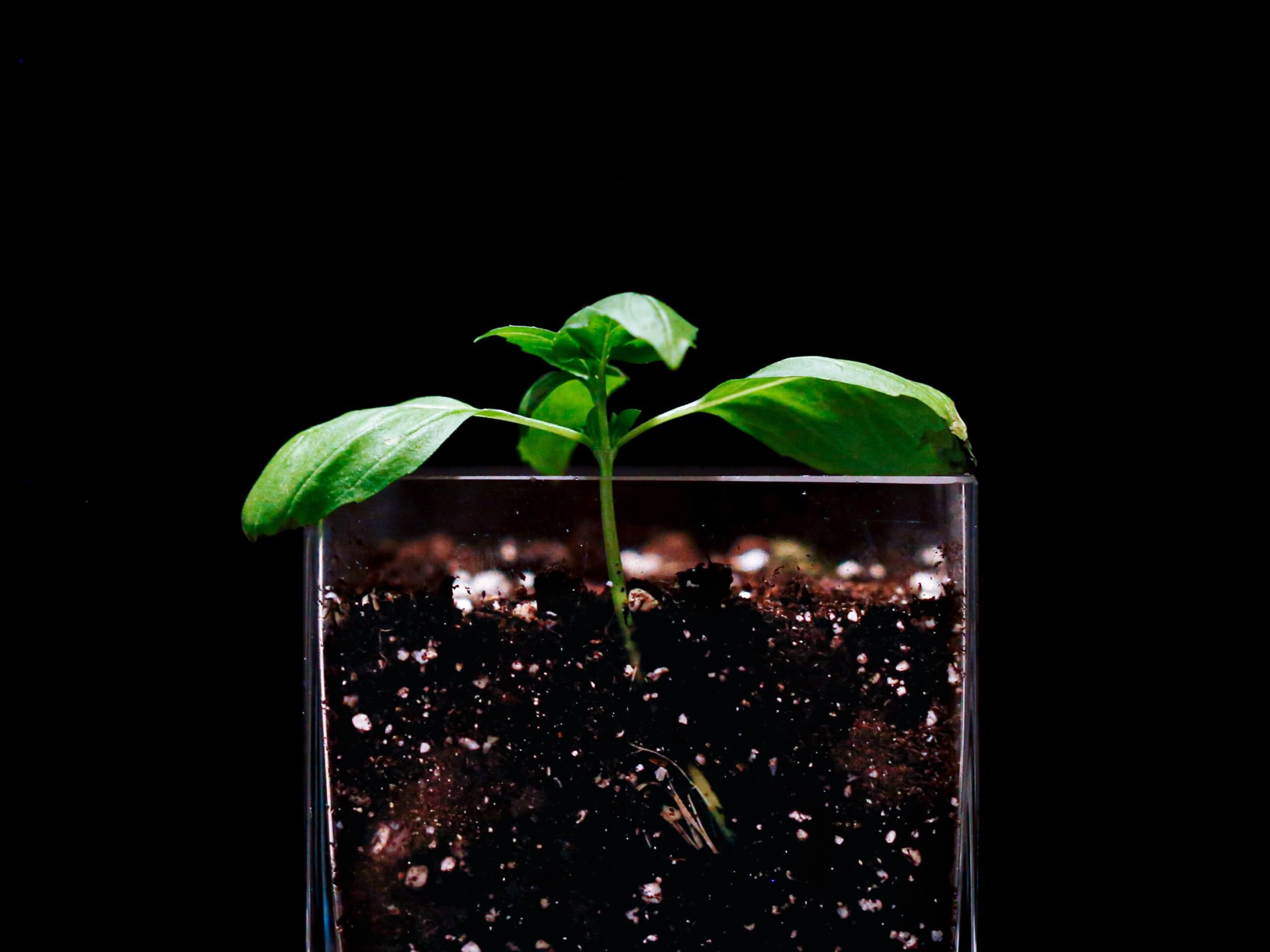
In an increasingly urban world, agriculture is often misunderstood. Julie Borlaug believes we all have a role to play in communicating more effectively to help reconnect farming and food and describes her vision for the future.

Julie Borlaug is the president of Borlaug Consulting and the Borlaug Foundation. She is an advisor to CIMMYT and serves on several boards and advisory councils, including the Council of Advisors for the World Food Prize Foundation, the Global Farmer Network advisory board, the Champion’s Council Network for the UN Food Systems Summit, the Board of Trustees for the Council for Agricultural Science & Technology (CAST), the U.S. National Food Systems Dialogues, the Texas A&M Agriculture Vice Chancellor’s advisory board, Counterpart, AgTech PR, the Thought for Food Challenge Board, and the Global Coalition for Attracting and Retaining Youth in Agriculture.
Julie Borlaug, granddaughter of the late Dr. Norman Borlaug, has been working tirelessly
to champion his legacy of bringing better and faster innovation to end world hunger. It’s a mission built on collaboration and clear communications, something she believes needs switching up a gear. She’s working to bring innovative, bold messaging to the agricultural sector and open up a different dialogue. By creating new avenues to connect with collaborators, farmers, and consumers, Borlaug hopes more people will become involved, understand, and support the need for agricultural technologies.
Views on Agriculture sat down with her to find out how we all can amplify agriculture in 2025.
Views on Agriculture: All of us have an essential connection to food but this doesn’t always extend to feeling a strong connection to farming. How should we go about healing that disconnect?
Julie Borlaug:
The disconnect happened when we – agriculture as a whole – sat back and didn’t talk about innovations in crop management, didn’t talk about genetic modifications, and let the anti-lobby take farming and destroy our connection to it. Then we got argumentative and defensive. We tried to “educate” people, instead of listening to them. Now we’re having those discussions. The Global Farmer Network (GFN) is a great example of how to foster more of them. But we need more networks like GFN, to train farmers to engage with the public wherever they are. That’s how to restore our connection.
We could improve the health of billions worldwide who can’t afford animal protein.”
Views On Agriculture: You’ve always stressed that our resilience lies in our ability to innovate. What might encourage – or enable – farmers to implement innovation at a faster pace?
Julie Borlaug:
We tend to forget how busy farmers are, how much they’ve got to handle without the added risk of taking on a new technology. Farmers need to know how something new is going to help them, on their farm, to increase their sustainability because they’re grappling with enough risk already. Howard Buffett, son of American businessman Warren, understood this. He was one of the first to implement no-till agriculture in his region. He didn’t just talk about its importance; he retrofitted a neighbor’s equipment and worked a test plot so farmers could see the advantage of this regenerative system over conventional tillage. That’s how to get innovation adopted faster, through demonstration. Extension services were created for this very purpose, to take research and get it implemented in the fields.
But how we go about that in the developing world needs to change. For example, in Kenya, farmers are often women. Since extension agents are not, the demonstrations just don’t take place. Most importantly, we should be asking these growers what they need, not imposing on them our own systems of agriculture.

Norman Borlaug (1914–2009) won the Nobel Peace Prize in 1970 for his groundbreaking contributions to global agriculture. Borlaug believed that scientific advancements in agriculture could address global food insecurity and alleviate poverty. His legacy continues through the Norman Borlaug Heritage Foundation, which operates a museum in Cresco, Iowa, near his birthplace. The foundation preserves his childhood farm and offers educational programs to inspire future generations in agriculture and science.
Views On Agriculture: What are the innovations coming online in 2025 that excite you the most? And why?
Julie Borlaug:
Gene editing! Africa’s moving on it, the EU is changing its tune, everyone’s talking about how much we can do with it – for plant health, food security, and nutrition. Not just to ramp up calories, but to bring back what we’ve lost: resilience, micronutrients, taste. This innovation comes at a time when we’re just beginning to understand the human microbiome and how food affects it – how food is medicine. Food, not pharmaceuticals, is going to be how we address our health deficits going forward. And not just with micronutrients. If through gene editing, we can find easier ways to bring more protein into grains and legumes, we could improve the health of billions worldwide who can’t afford animal protein. Gene editing is going to transform our experience of food, too. Remember how a strawberry used to taste? CRISPR technology is making possible sweeter berries, pit-less cherries, and disease-resistant row crops – all by working within the plant genome.
Views On Agriculture: How can we entice younger generations into farming?
Julie Borlaug:
Why are we not talking to the next generation about AI in agriculture? About biomedical engineering? About robotics? Agriculture is a science as innovative as any medical or engineering field. We should be showing young people all the opportunities to make a difference across all different sectors.
There’s a start-up in California, Monarch Tractor, that’s producing autonomous, smart, electric farming equipment for fruit growers and dairy farmers. Its CEO didn’t come from agriculture! We should be talking about these innovations and not just about productivity. Let’s talk about solutions, not challenges. Because that’s what the next generation is ready to lean into.
Young farmers. They’re trusted. They’re powerful. I love how they’re telling their story online.”
Views On Agriculture: You’ve spoken about the Communication Revolution as the follow-on to your grandfather’s Green Revolution. What does it look and sound like? Who should be leading it?
Julie Borlaug:
Young farmers. They’re trusted. They’re powerful. I love how they’re telling their story online, with photos of combines from inside the cab. They’re humanizing it by sharing their personal stories. That’s how we need agriculture to show up. We also need to flip the dynamic from wealthy nations talking amongst themselves at global summits to conversations led by farmers and entrepreneurs. Because we are not going to be successful if we continue to work in a silo. Food production is of vital interest to everyone, across sectors and discipline
Views On Agriculture: What role can readers of Views on Agriculture play?
Julie Borlaug:
Recently I was on a panel at South By Southwest in Austin, Texas. I was asked to talk about corporate agricultural innovation. Instead, I talked about the women smallholders I met in Kenya. I described how these women spent their day, walking miles for water, carrying firewood, and weeding for hours. I explained how they’re so consumed by these tasks they’re not able to expand their operation. And you know what? I didn’t get one hostile question. If you’re not a farmer or you’re not talking to farmers, then read books like Roger Thurow’s The Last Hunger Season or Enough. Read them and start telling stories.
Julie’s 2025 Reading List
- Last Hunger Season by Roger Thurow
- Hot, Hungry Planet by Lisa Palmer
- Seeds of Science by Mark Lynas
- The God Species by Mark Lynas
- Food 5.0 by Robert Saik
- The Wizard and the Prophet by Charles Mann
- The Man Who Fed the World by Leon Hesser
- Why Smart People Make Bad Food Choices: The Invisible Influences that Guide Our Thinking by Jack Bobo



